
Type
Publisher
Safe Work Australia
Publisher
Safe Work Australia
Version:
2024.
(Current)
Short Description
A work health and safety (WHS) regulator can exempt a type of engineered stone from the ban.
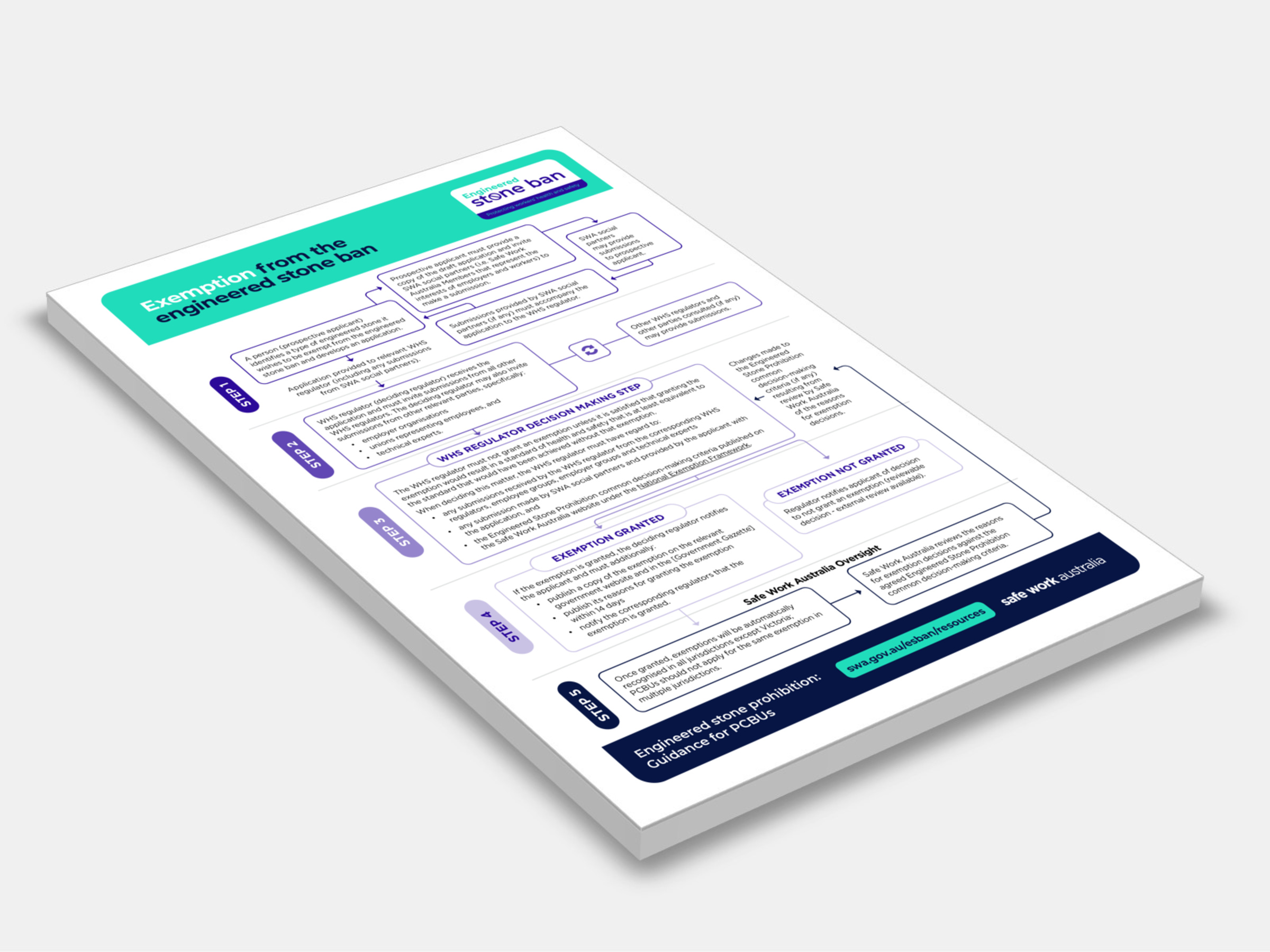
Type
Publisher
Safe Work Australia
Publisher
Safe Work Australia
Version:
2024.
(Current)
Short Description
Flowchart explains the exemption from engineered stone ban process.
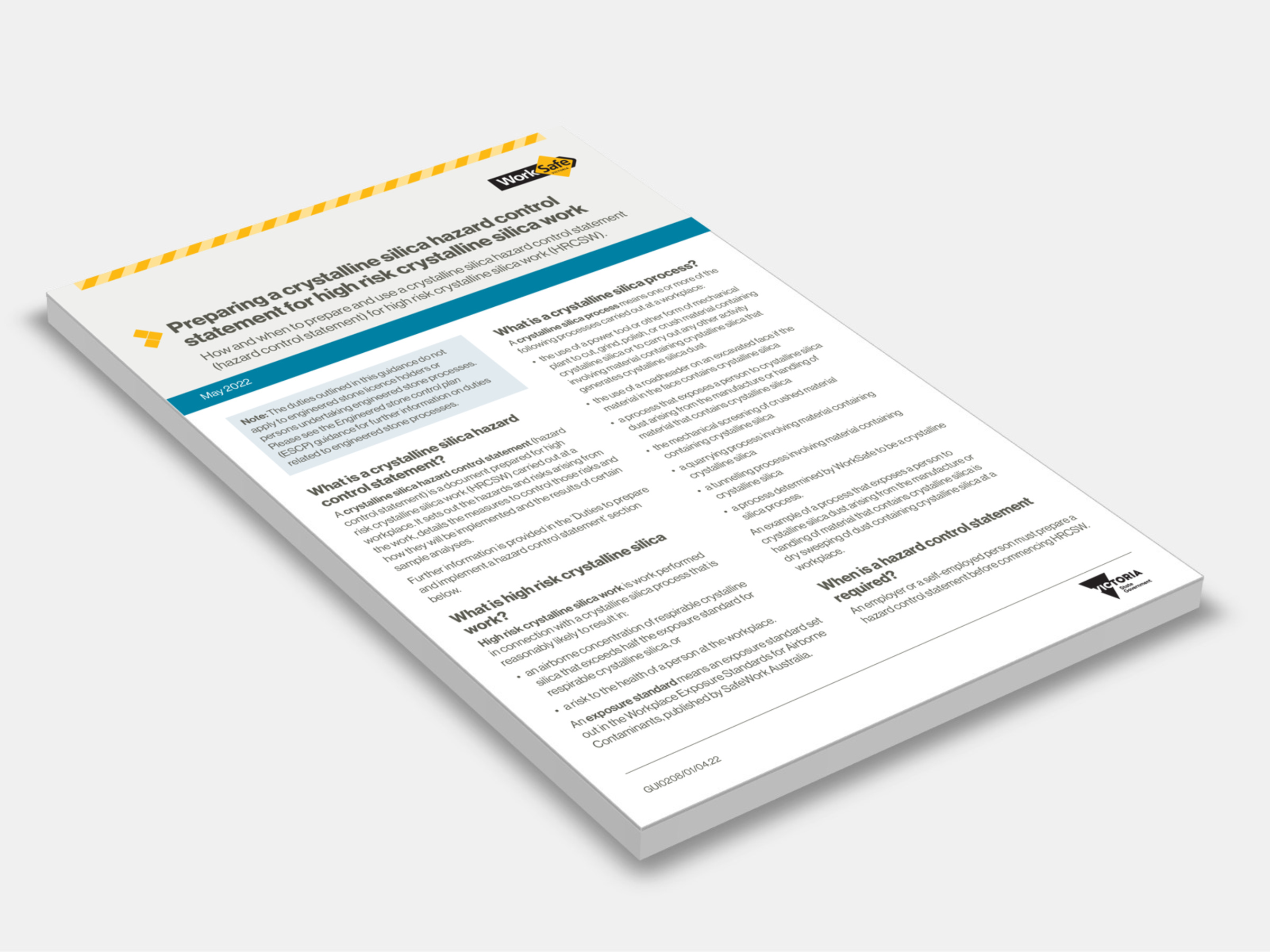
Type
Publisher
WorkSafe Victoria
Publisher
WorkSafe Victoria
Version:
2022.
(Current)
Short Description
How and when to prepare and use a crystalline silica hazard control statement (hazard control statement) for high risk crystalline silica work (HRCSW).

Type
Publisher
Workplace Health and Safety Queensland
Publisher
Workplace Health and Safety Queensland
Version:
2020.
(Current)
Short Description
The national workplace exposure standard for respirable crystalline silica has been halved from an eight hour time-weighted average airborne concentration of 0.1 milligrams per cubic metre (mg/m3) to 0.05 mg/m3; this new workplace exposure standard takes effect in Queensland from 1 July 2020.

Type
Publisher
Workplace Health and Safety Queensland
Publisher
Workplace Health and Safety Queensland
Version:
2019.
(Current)
Short Description
Silicosis is preventable by using proper controls to eliminate or minimise expo sure to respirable crystalline silica dust in the workplace.
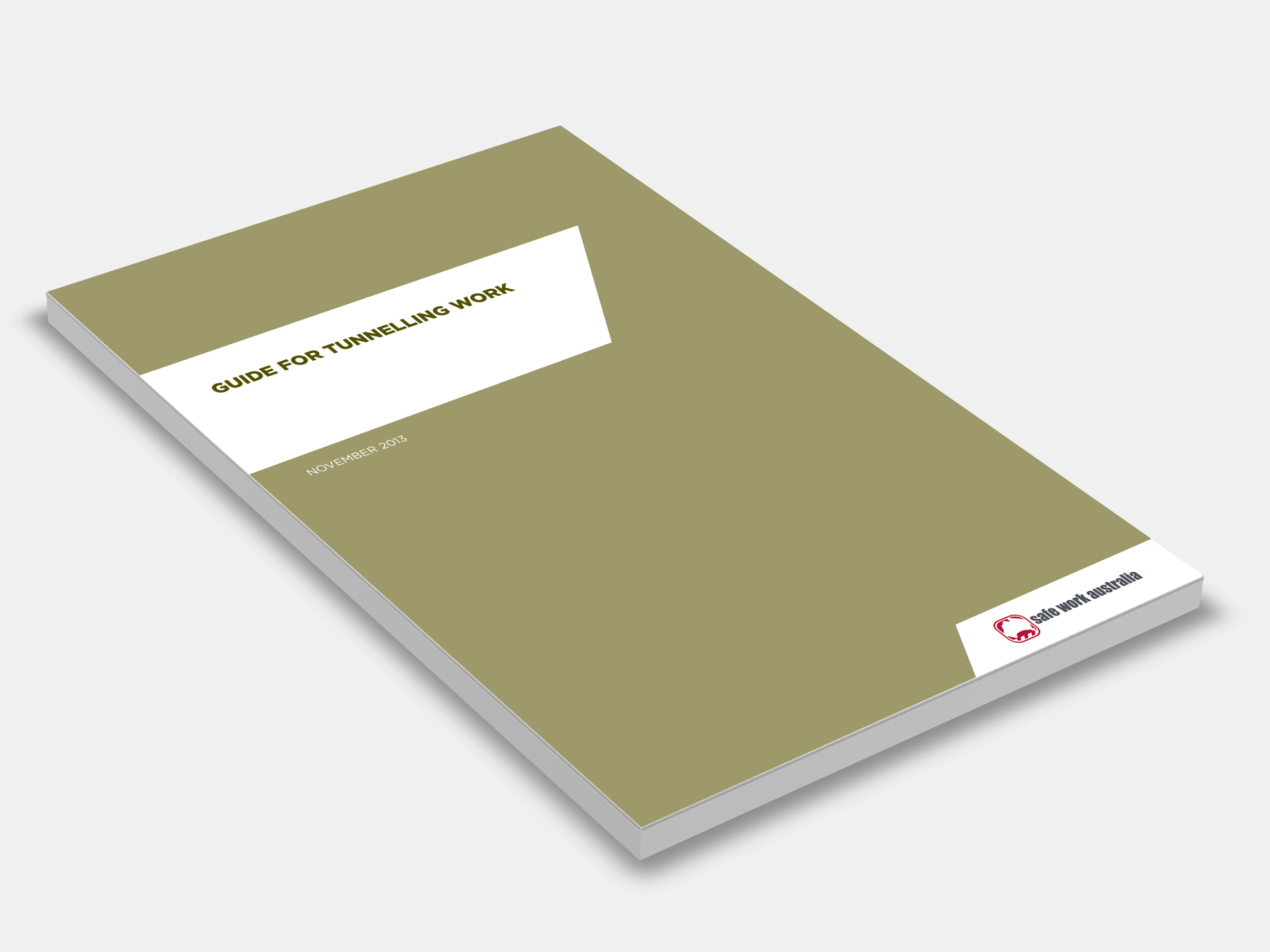
Type
Publisher
Safe Work Australia
Publisher
Safe Work Australia
Version:
2013.
(Current)
Short Description
Provides practical guidance for a person conducting a business or undertaking and workers on managing health and safety risks associated with tunnelling work.
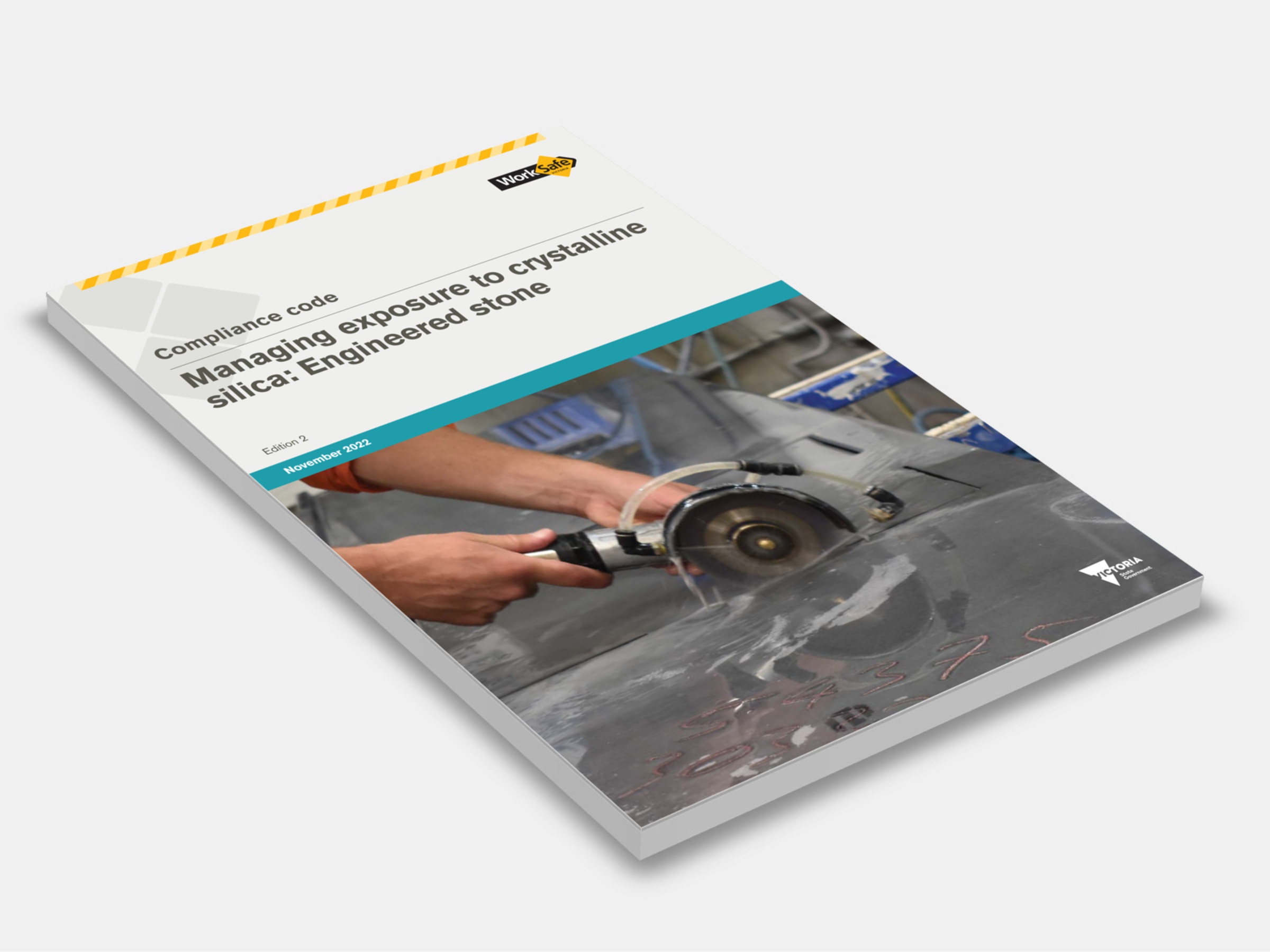
Type
Publisher
WorkSafe Victoria
Publisher
WorkSafe Victoria
Version:
2nd edition, 2022.
(Current)
Short Description
Provides practical guidance for those who have duties or obligations under the Occupational Health and Safety Act 2004 (OHS Act) and the Occupational Health and Safety Regulations 2017 (OHS Regulations), in relation to exposure to crystalline silica dust as a result of working with engineered stone.
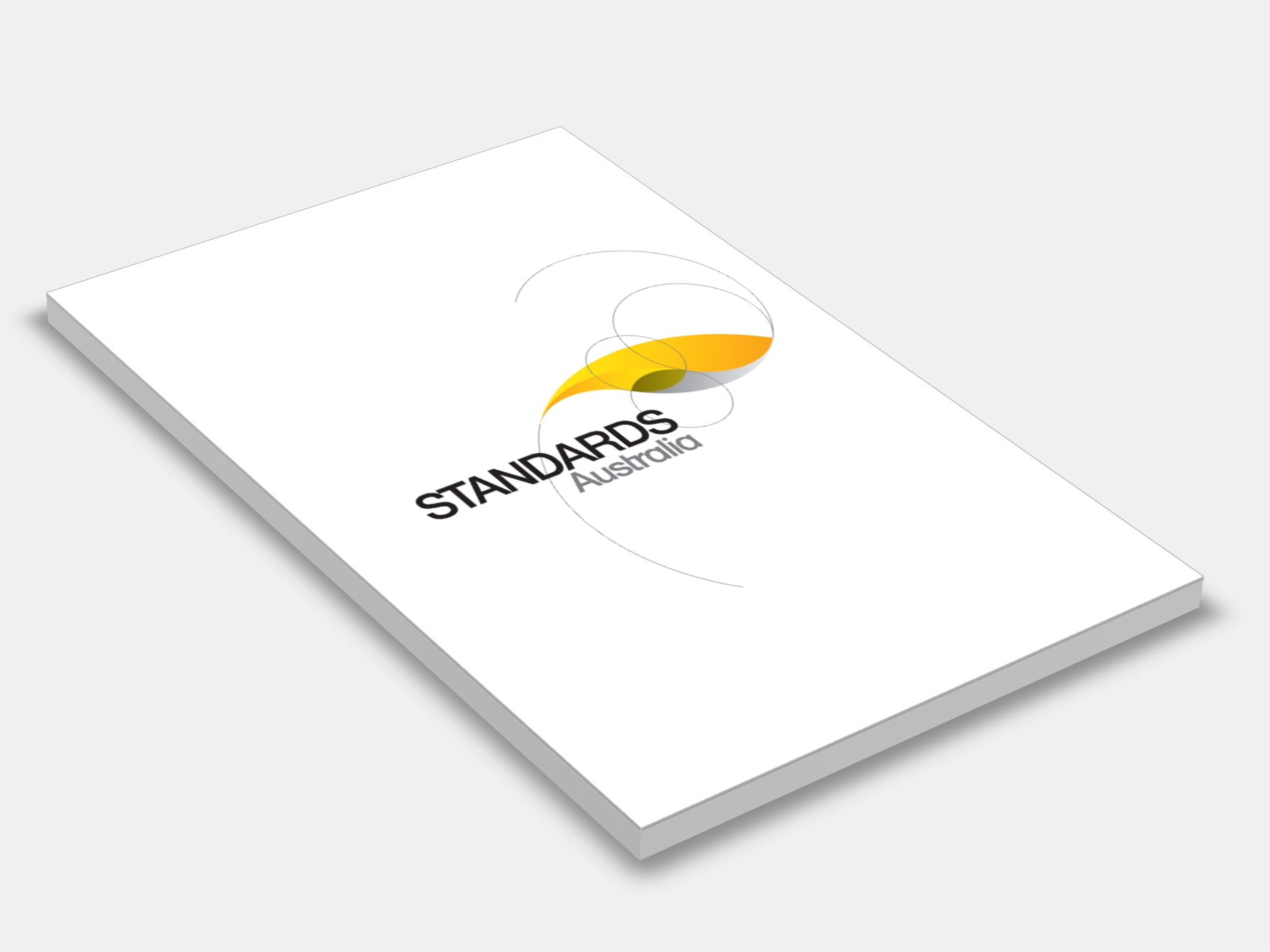
Type
Publisher
Standards Australia
Publisher
Standards Australia
Version:
Sixth Edition 2017.
(Current)
Short Description
Provides requirements for the planning, design, construction, and safe operation of all installations in which flammable or combustible liquids are stored or handled. In separate sections it deals with minor storage, package storage and handling, storage in tanks, fuel dispensing, piping and tank auxiliaries, operations and fire protection facilities. Appendices deal with tank venting, combustion characteristics, fire exposure protection, gas-freeing precautions and principles, and power station and grid transformers.
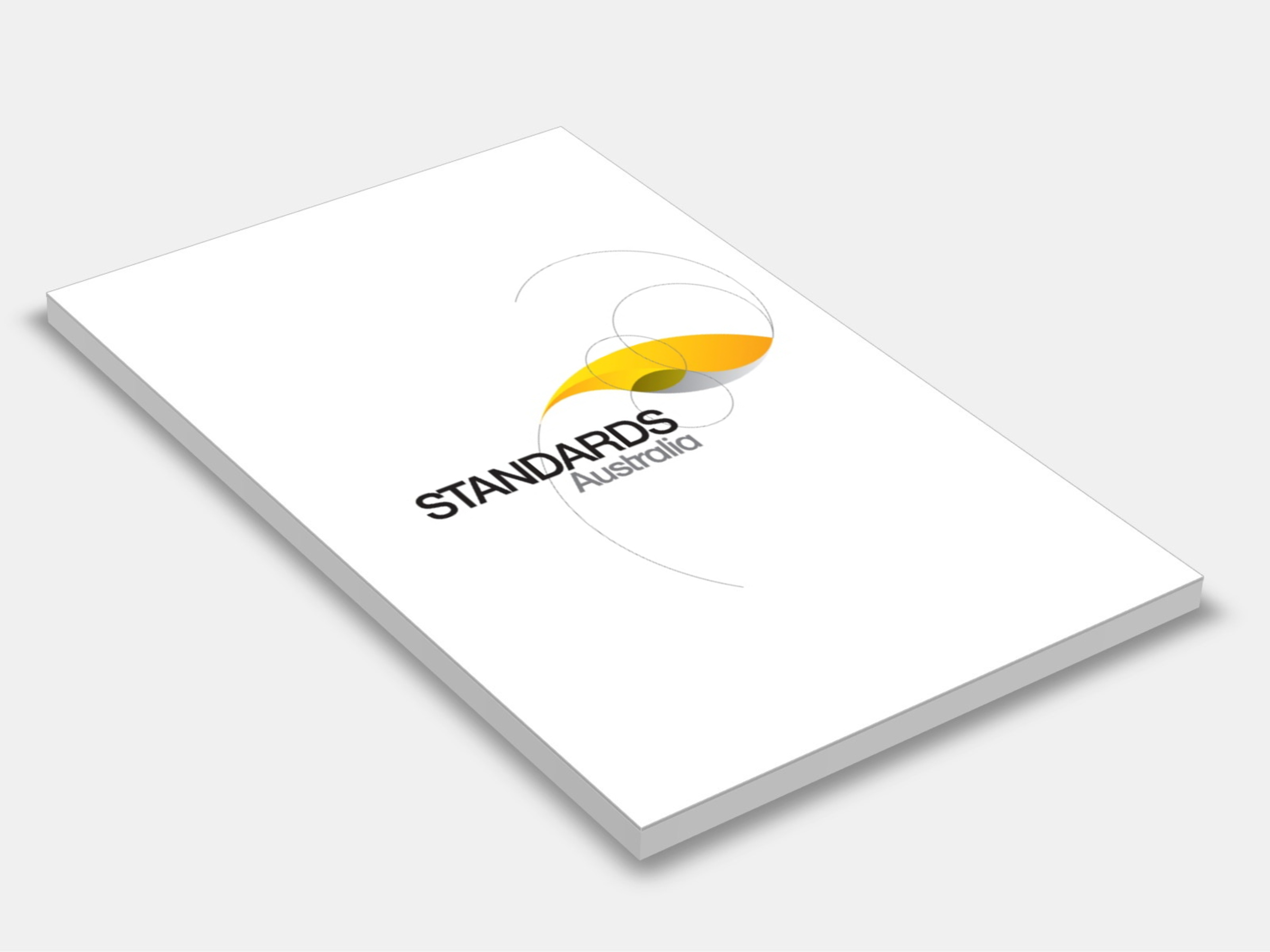
Type
Publisher
Standards Australia/Standards New Zealand
Publisher
Standards Australia/Standards New Zealand
Version:
Third Edition 2003.
(Current)
Short Description
Specifies requirements for the design, construction, location, and operation and testing of systems for the storage and handling of anhydrous ammonia. Requirements for the management of emergencies involving anhydrous ammonia and for the fire protection associated facilities are also specified.
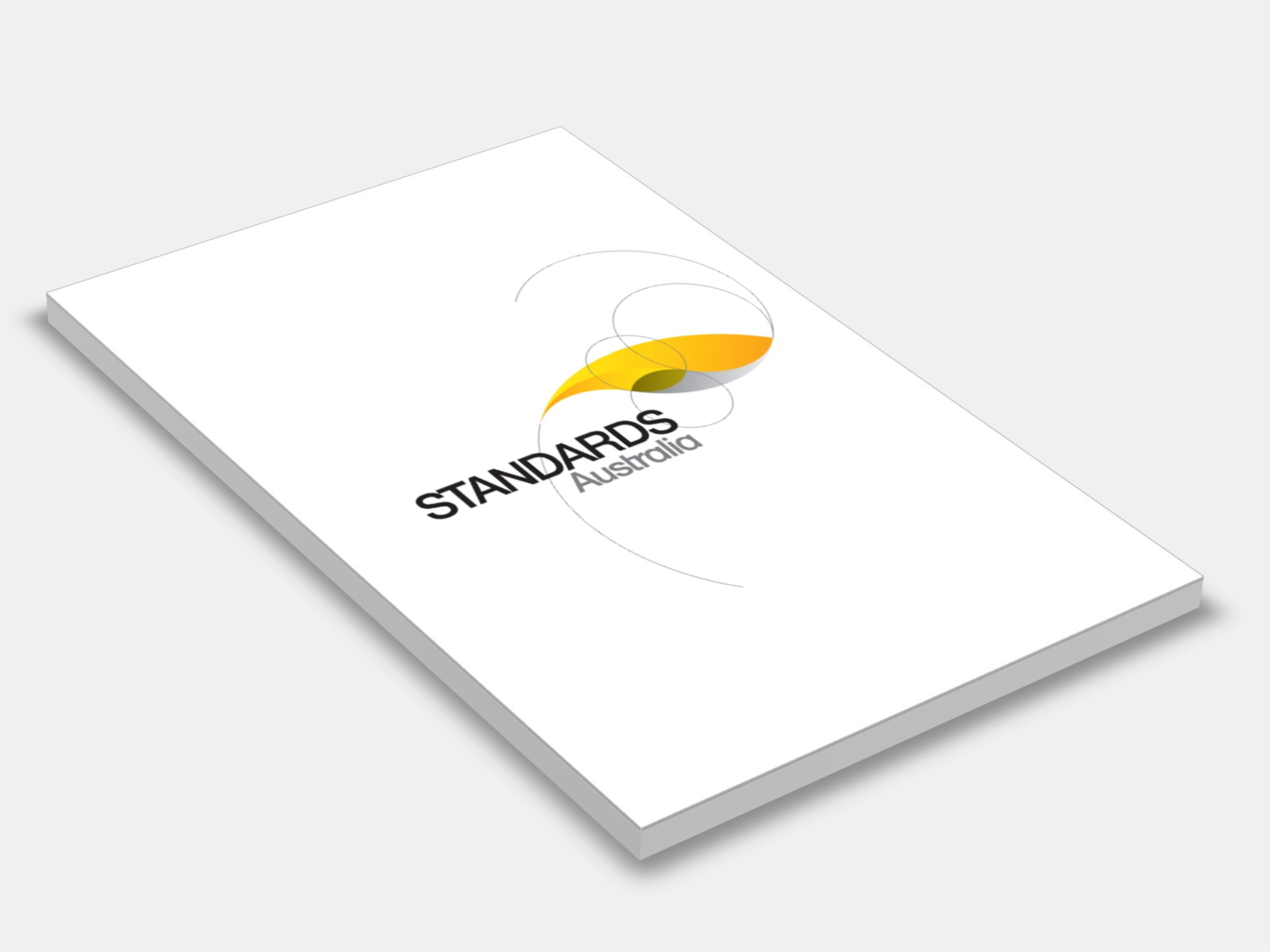
Type
Publisher
Standards Australia
Publisher
Standards Australia
Version:
Second Edition 2004.
(Current)
Short Description
Sets out requirements and recommendations for the storage and handling of gases in cylinders, as classified as Class 2 dangerous goods in the ADG Code. It applies to stores where individual gases (other than those which are covered by specific Australian Standards) are kept, and to stores where more than one type of gas is kept. Requirements for the location, construction and ventilation of stores are given. Recommendations for the management of emergencies and actions in the event of fire are provided in appendices.